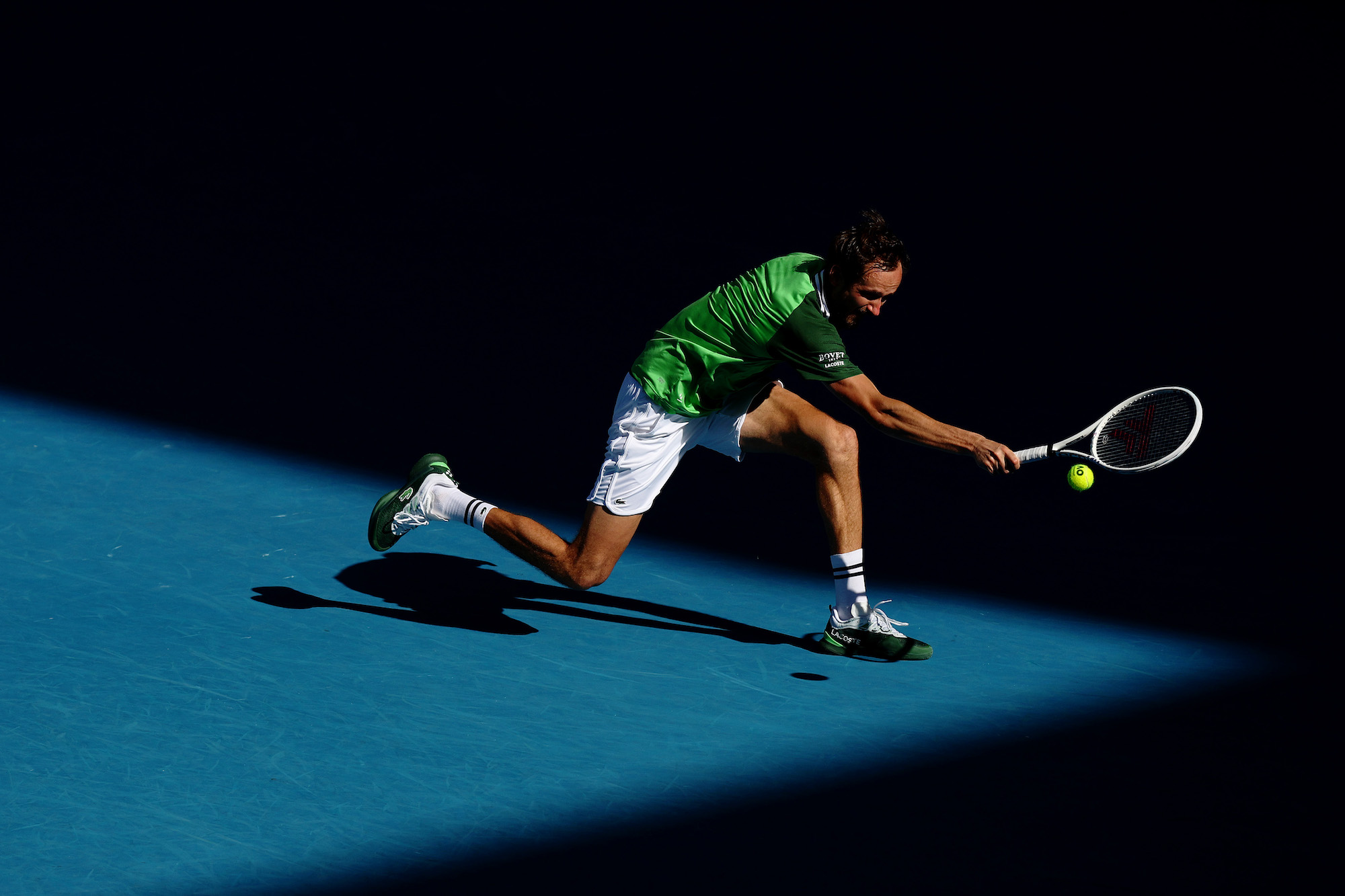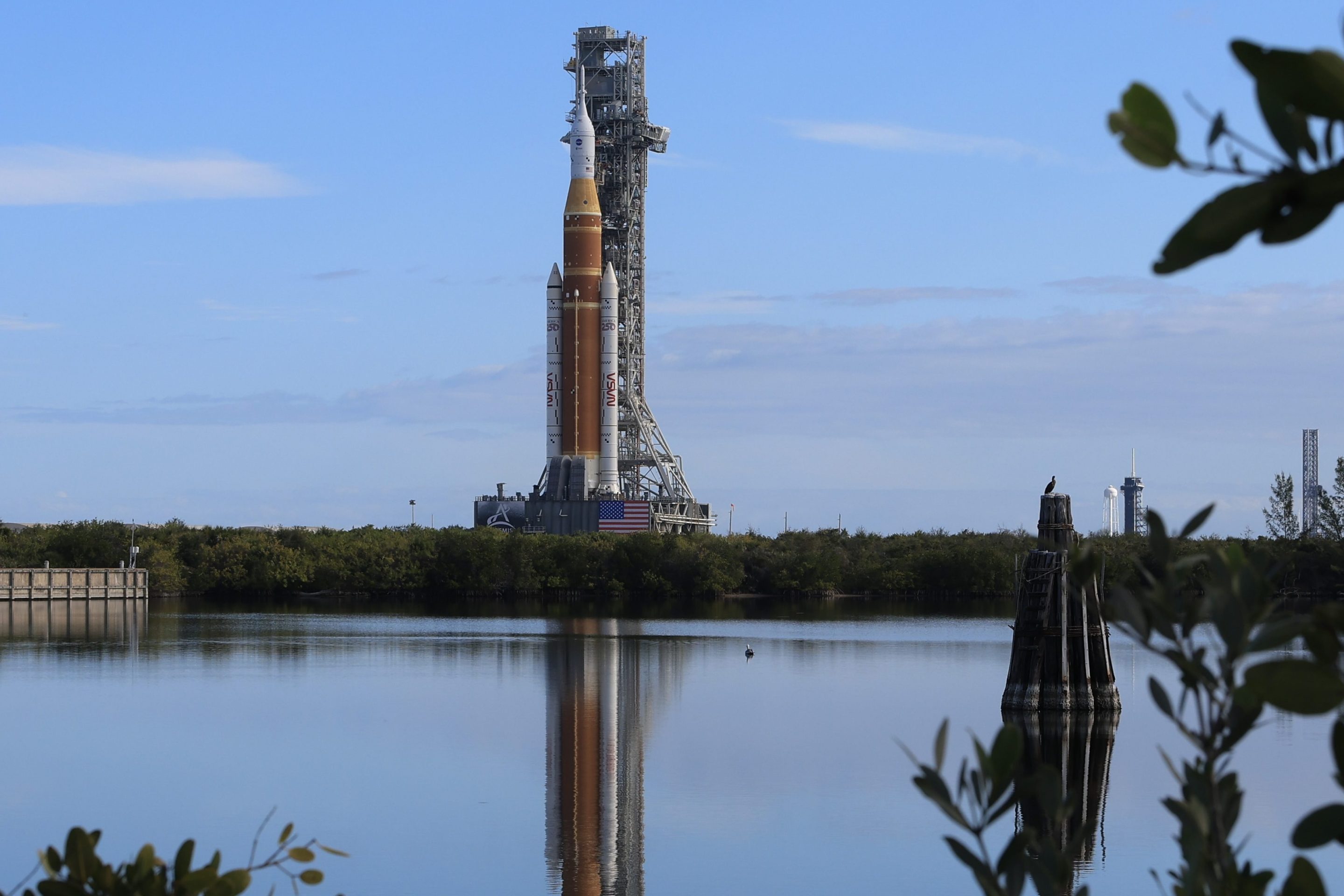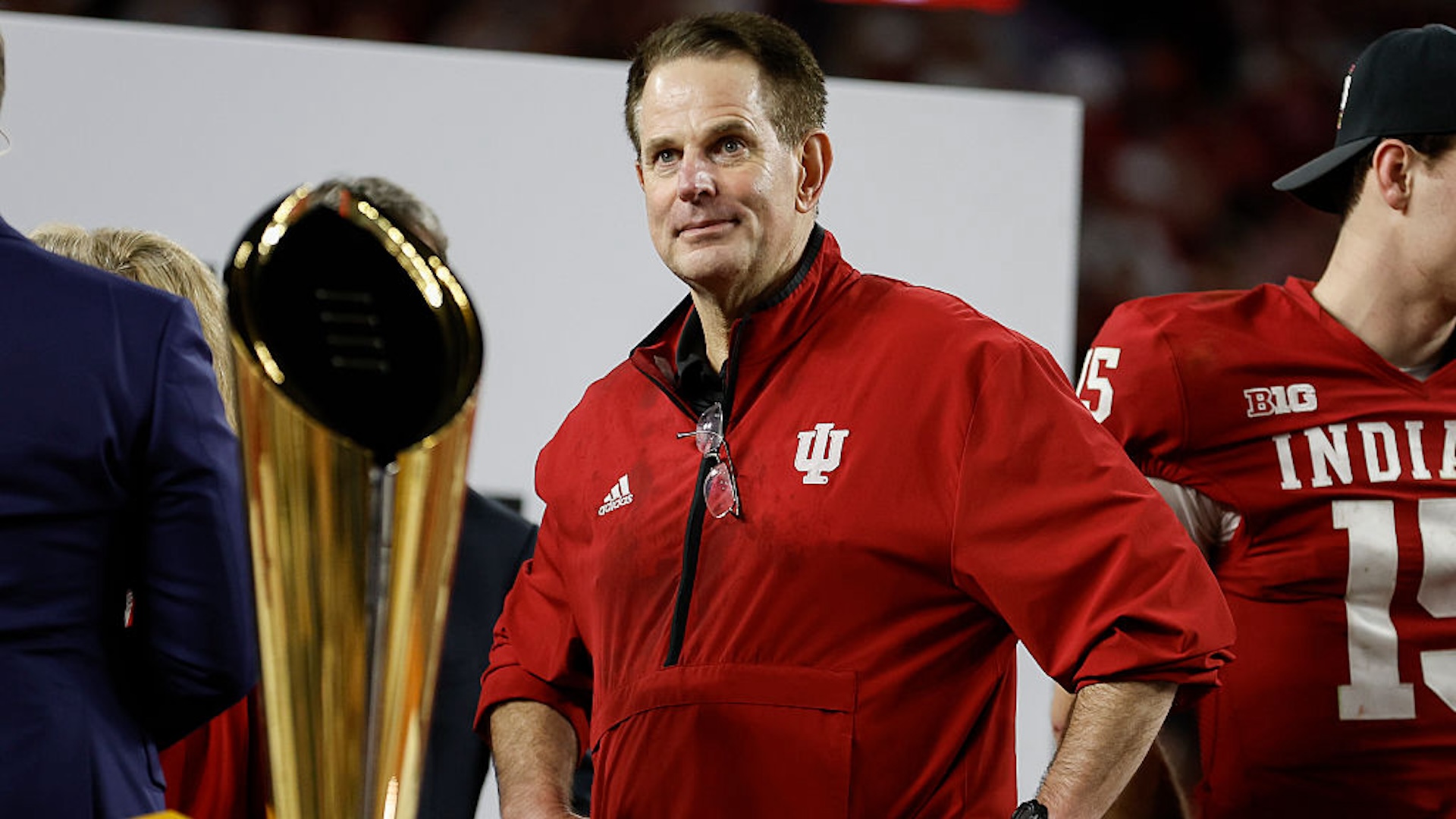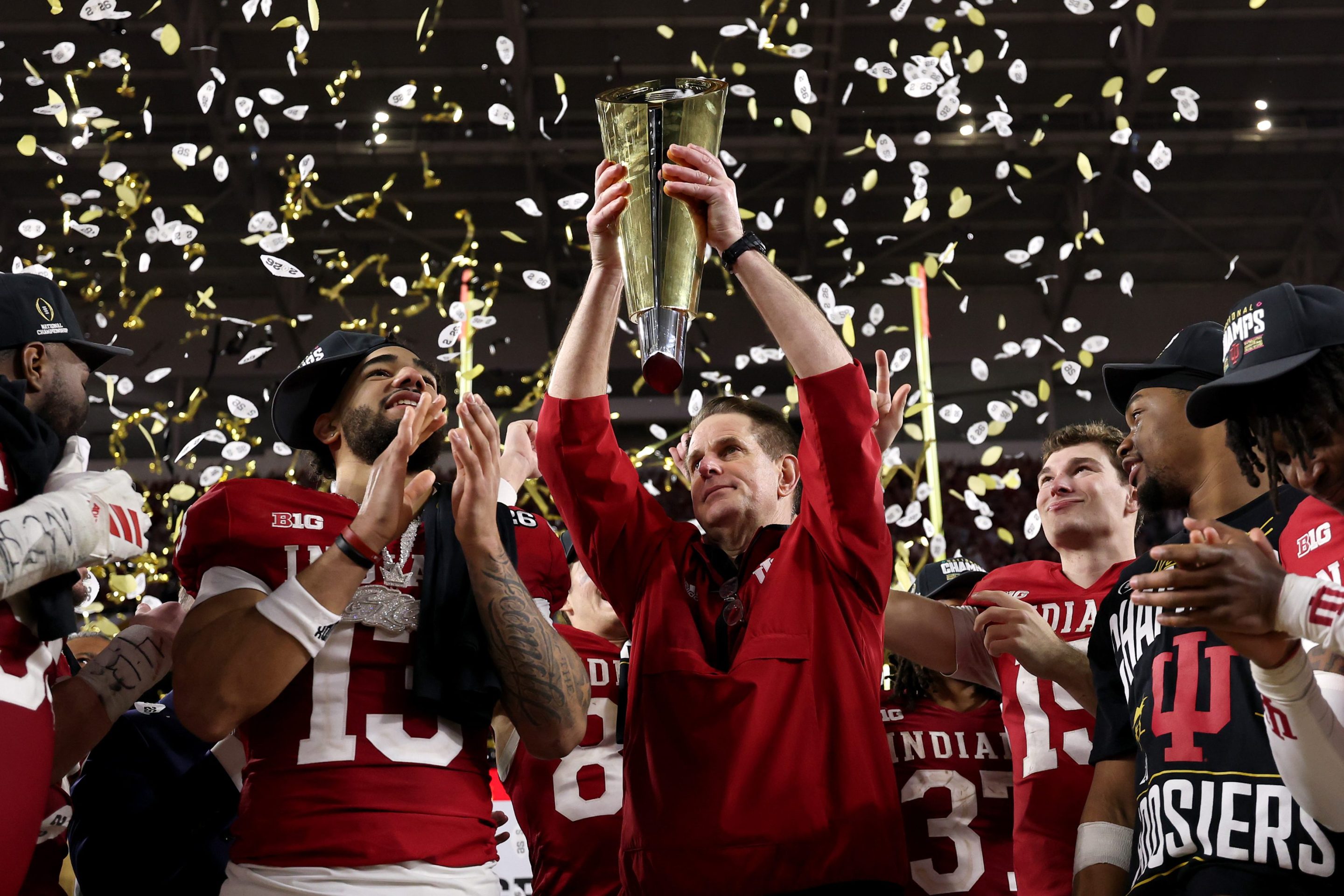Take the footage of Daniil Medvedev's five-set victory over Hubert Hurkacz at the Australian Open, go back in time, and present it to a hardcore tennis fan in 1999. To their unsuspecting eyes, this would resemble a kaiju battle: cumbersome, long-limbed creatures causing a yellow ball to move in ways no one knew was technologically or physically possible. But Wednesday's quarterfinal match was a perfect snapshot of men's tennis in 2024, populated as it is by several big-serving stick figures with all-day stamina and relatively passive game plans.
This isn't your dad's Marat Safin, or even your older cousin's Juan Martín del Potro. These dudes are not pounding the ball at the earliest possible opportunity, or hitting any given groundstroke all that hard. After the serves, almost every ball was coolly finessed around the court, as if they were content to rally all day in the sun. And they did duel for four hours before Medvedev triumphed, 7-6(4), 2-6, 6-3, 5-7, 6-4, to advance to his third semifinal in Melbourne.
Here's the specific video I'd beam to the past: the 6-foot-5 Hurkacz and 6-foot-6 Medvedev lunging to dig squash-shot retrievals out of the corners, tracking down lobs and drop shots, and scrambling over the court without tripping over their own feet. This is uncommonly good movement and defense for a player of any size:
Over one-fifth of the points in this match lasted longer than nine shots; that's not a figure you'll see often. Despite their size, neither player hits the ball with enough power to end points at will. Another factor is the ball in this tournament, which, as Medvedev noted after the match, plays super-fast when it's fresh and then slows down drastically as it wears out. These circumstances led to lots of entertaining drawn-out exchanges, and a wretched workload over five sets, which visibly wore out Medvedev over time, even though he is a noted pain enthusiast. By contrast, Hurkacz never let slip a single sign of fatigue in this match. I have no idea how these big fellas manage.
Medvedev, the third seed at this tournament, has ruled hard courts over the last several seasons, but the ninth-seeded Hurkacz actually came into this match with a 3-2 edge in their head-to-head. Hurkacz owes much of his success to one of the best serves in the world, which wins him 88 percent of his service games (ranked second on the tour over the past year) and beautifully blends pace with accuracy. He places his serves well enough to exploit Medvedev's typical deep return position—as far back as it is possible to stand while without having to pay for a ticket—by aiming his serves out wide and pulling him away from the center of the court.
In Wednesday's match, Medvedev decided to preempt that tactic by standing right on top of the baseline and blocking the returns into play, which I don't think I've ever seen him do consistently, even though critics clamor for him to try it. The results were mixed, but it was interesting to see him tinker with the single most stubborn feature of his game. After the match, Medvedev explained the reasoning behind that adjustment: He determined that Hurkacz's serve is so powerful that the ball continues to rise up after bouncing, and never actually sinks to a more comfortable height, even when he's standing at the back of the court. He decided he might as well stand up and try to block it back with a shorter swing. (No tennis player is more transparent about their on-court thought process than Medvedev, so check out the linked interviews above if you want a good look at how he thinks through these decisions.)
Hurkacz lost the first set after some loose errors in the tiebreak, and momentum ebbed back and forth in the second and third. When Medvedev broke serve early in the fourth set, he seemed to have secured the win. With no choice but to break back, Hurkacz won a flurry of four games out of five to take the set and push to a decider. Here's one of his best shots from that sequence:
Hurkacz is a soft-handed volleyer, and at his best, he can use his huge wingspan to lock down the airspace in the middle of the court, as he did multiple times while snatching away that fourth set. There are some undeniable flaws to his baseline game, and he can commit some loose errors here and there, but he serves well enough to ensure that he's competitive in every single set that he plays. This match was some of the highest-level tennis Hurkacz has played in his career, and he'll rise to a career-high No. 8 ranking next week.
Medvedev looked depleted to start the fifth set and called on his player's box for a special beverage. He managed to conserve energy by nailing all his first serves and mixing in a little serve-and-volley to shorten the points. That set him up to squeeze out one last burst of concerted effort to break serve at 3-3; from there he carried that advantage to the finish, cashing in his second match point with a drop shot and then sending some flying kisses towards his coach. Down the stretch, it was classic tennis triage: Hurkacz actually won eight more points in the match overall, but Medvedev won the right ones. "I'm so destroyed right now," the winner said immediately afterward.






